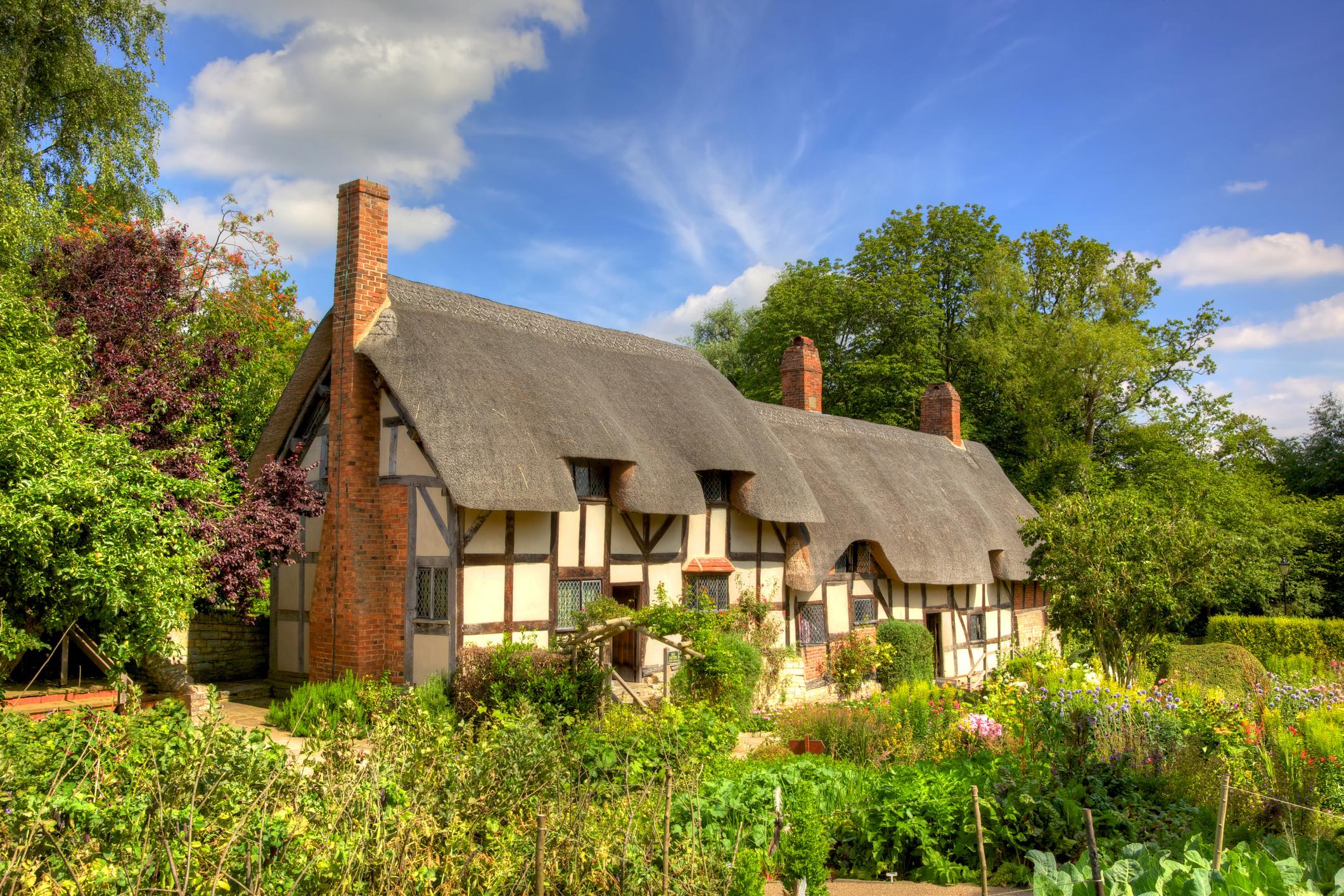
A centuries-old belief that William Shakespeare abandoned his wife to pursue a career in London has been challenged by a newly discovered 17th-century letter.
For more than 200 years, the consensus among scholars has been that Shakespeare had a strained relationship with Anne Hathaway, leaving her behind in Stratford-upon-Avon.
However, research by Professor Matthew Steggle of the University of Bristol suggests a different narrative.
Professor Steggle, an expert in early modern English, unearthed a letter fragment addressed to "good Mrs Shakespeare." This document, previously overlooked and used in a book binding at Hereford Cathedral library, indicates the couple may have lived together in London between 1600 and 1610.
This discovery marks the first concrete evidence suggesting Anne's presence in London alongside her husband, potentially reshaping our understanding of their relationship.

Professor Steggle said: “When I first came across it I was a bit puzzled, wondering why it (the letter) wasn’t better known and why there wasn’t much more of a debate about it.”
He added: “It’s just sort of been ignored by most Shakespeare scholars.”
The letter documents a financial dispute between Shakespeare and an orphan boy called John Butts, with the letter’s author requesting that Mrs Shakespeare pay the boy a sum of money which her husband allegedly owes.
In response, Mrs Shakespeare appears to stand by her husband and to tell the author to find the money elsewhere.
“The Romantic poets, people who were interested in Shakespeare in the early 19th century, came up with this narrative that really appealed to them of a Shakespeare trapped into marrying this kind of country yokel,” Professor Steggle continued.
“Then he goes away and makes his fortune in London and forgets her and has lots of interesting adventures in London before coming back and retiring to Stratford.”
“All he gives her in his will is the ‘second best bed’!”

But according to Prof Steggle, the new research suggests that “maybe Anne Hathaway is a more interesting figure than has been thought”.
While the letter was discovered in 1978, it remained stitched into the book binding until more recently, concealing one side of its text.
Professor Steggle’s research saw him pore through old records, looking for an apprentice matching the boy’s description, before he eventually found one likely match.
Over centuries of combing the archives, historians have found records of only four married couples with the ‘Shakespeare’ surname in London in the correct date range.
With the information on the apprentice, Professor Steggle narrowed those four down to one couple who could have resided in Trinity Lane, a relatively wealthy part of London at the time to the south of St Paul’s Cathedral.
Discussing the attention his research has attracted, Professor Steggle said: “It’s nice, because people are all doing this really cool work in English studies and you do all this research and by and large … I wouldn’t say nobody cares, but it normally doesn’t come to media attention.”
A set of first editions of Shakespeare's plays could fetch $6 million at auction
England faces a ‘never-ending fight for our flag and values’, Starmer warns
Judge extends ban on deportations from Colorado stemming from Trump's use of 1798 law
Ministers move to axe early public consultation phase for infrastructure schemes
Mark Rylance joins fight to stop festivals turning London park into ‘prison camp’
Murder investigation launched after police responded to serious collision report







